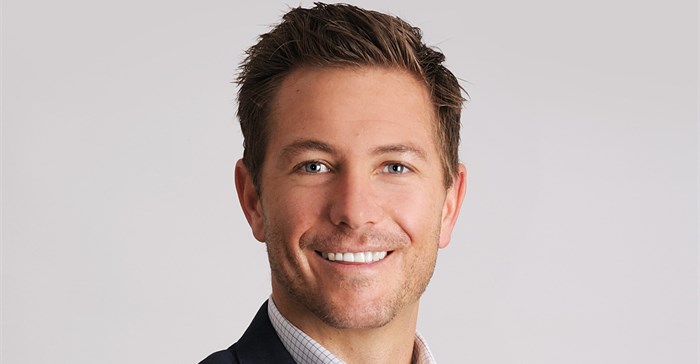
Subscribe & Follow
Building real sustainability in renewables projects
The programme has attracted close on R200bn worth of investment since 2011, and is South Africa’s first which obliges successful bidders to allocate a portion of their revenues towards socio-economic development (SED) and enterprise development (ED).

Delivering long-term sustainable development through the government’s renewable energy procurement programme is possible, only if public-private partnerships are willing to ‘co-create’ projects, which includes assessment of the natural and social environments, supported by deep relational engagements with community members, says Leon Taljaard, executive director of Talmar, which recently entered into a partnership with Abengoa Solar, supported by the Industrial Development Corporation.
“Following the first three rounds of procurement and 64 projects awarded, approximately R1,17bn is available to local communities within renewable energy (RE) plant areas. This presents massive developmental opportunities in terms of SED and ED. The challenges of project implementation are however immense, and have resulted in gaping holes within the industry,” offers Taljaard.
He refers to the 2015 technical report released by the World Wildlife Fund for Nature SA Review of Local Community Development Requirements in SA’s RE Procurement Programme, which identified key issues which have factored into the minimal success of the RE industry’s SED and ED programme:
- SED plans add to the costs of bid developments and carry the risk of either being superficial desktop studies;
- Projects are incentivised to create temporary employment opportunities mainly for unskilled workers from local communities…this does not lead to permanent job creation, a reality often misunderstood by the public and politicians; and
- There is no guidance or even mandatory process for the actual engagement with the local communities…and is therefore at the sole discretion of the company in question.
Taljaard believes a deep engagement process that builds a trust-based relationships with stakeholders, and also understands the local social and environmental context, which becomes the framework for future project development. Through this process, the social needs and specific context is analysed to provide clear understanding of what they are working with.
“In doing so, we are able to achieve three key outcomes: firstly, we leverage donor funding to create locally owned, profitable and scalable businesses, and to increase the number of enterprises in a community. Secondly, we create long-term asset value for people on the ground. And lastly, we use top-of-the-pyramid capital to recapitalise the base of the pyramid," he concludes.






